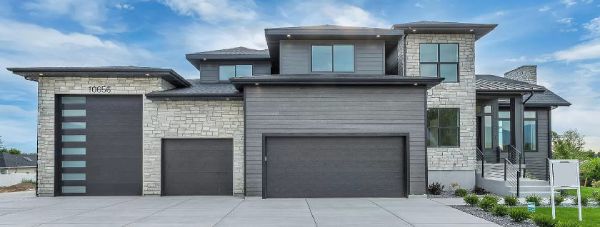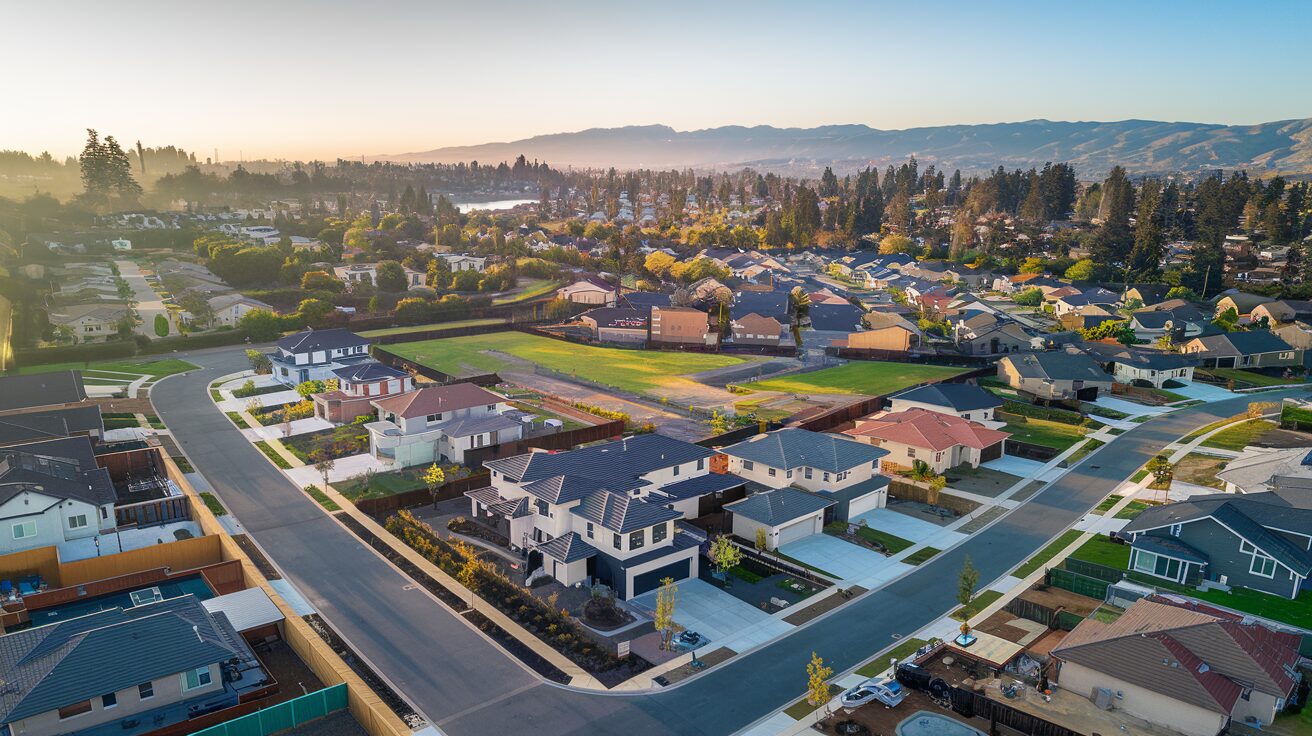Designing a bathroom remodel can be an exciting yet challenging project. Whether you’re looking to create a spa-like retreat or simply update an outdated space, a well-thought-out design is crucial for achieving a functional and aesthetically pleasing bathroom. In this blog post, we will guide you through the essential steps and considerations for designing a successful bathroom remodel.
1. Assess Your Needs and Goals
The first step in designing a bathroom remodel is to assess your needs and goals. Consider the following questions:
- What do you like and dislike about your current bathroom?
- What are your primary reasons for remodeling?
- What features are most important to you (e.g., a larger shower, double vanity, more storage)?
- Who will be using the bathroom, and what are their needs?
Understanding your needs and goals will help you create a clear vision for your remodel and ensure that the final design meets your expectations.
2. Set a Budget
Setting a realistic budget is crucial for any remodeling project. Determine how much you are willing to spend and allocate funds for different aspects of the remodel, such as fixtures, materials, labor, and any unexpected expenses. Keep in mind that a well-executed bathroom remodel can add value to your home, so consider it an investment in your property’s future.
3. Plan the Layout
The layout of your bathroom is one of the most important aspects of the design. A well-planned layout can improve the functionality and flow of the space. Here are some tips for planning your bathroom layout:
- Measure the Space: Take accurate measurements of your bathroom to determine the available space for fixtures and fittings.
- Consider Traffic Flow: Ensure that there is enough space for comfortable movement within the bathroom. Avoid placing fixtures too close to each other or obstructing doorways.
- Prioritize Essential Fixtures: Decide on the placement of essential fixtures such as the toilet, shower, and sink. These should be easily accessible and have enough space around them.
- Maximize Storage: Incorporate storage solutions such as cabinets, shelves, and niches to keep the bathroom organized and clutter-free.
4. Choose the Right Fixtures and Materials
Choosing the right fixtures and materials is essential for achieving the desired look and functionality of your bathroom. Here are some considerations:
Shower and Bathtub: Decide whether you want a shower, bathtub, or both. Consider the available space and your preferences for each. Walk-in showers, freestanding tubs, and combination units are popular choices.
- Vanity and Sink: Choose a vanity that fits the size and style of your bathroom. Double vanities are ideal for shared bathrooms, while single vanities work well in smaller spaces. Consider different sink styles, such as undermount, vessel, or pedestal.
- Toilet: Opt for a high-efficiency toilet that conserves water and complements the overall design. Wall-mounted toilets can save space and create a modern look.
- Flooring and Wall Materials: Select durable and moisture-resistant materials for flooring and walls. Popular options include ceramic or porcelain tiles, natural stone, and luxury vinyl.
- Lighting: Incorporate a combination of ambient, task, and accent lighting to create a well-lit and inviting bathroom. Consider adding dimmer switches for adjustable lighting levels.
5. Focus on Ventilation and Plumbing
Proper ventilation and plumbing are essential for maintaining a healthy and functional bathroom. Here are some tips:
- Ventilation: Ensure that your bathroom has adequate ventilation to prevent mold and mildew growth. Install an exhaust fan with the appropriate capacity for your bathroom size.
- Plumbing: Consider the placement of plumbing fixtures and ensure that the existing plumbing can support any changes. Hiring a professional plumber can help you avoid costly mistakes
and ensure that the plumbing is done correctly.
6. Add Personal Touches and Style
Once the essentials are in place, it’s time to add personal touches and style to your bathroom. Here are some ideas:
- Color Scheme: Choose a color scheme that reflects your style and creates the desired ambiance. Neutral colors can create a calming effect, while bold colors can add drama and personality.
- Accessories: Add accessories such as mirrors, towel racks, and artwork to enhance the look of your bathroom. Choose items that complement the overall design and add functionality.
- Greenery: Incorporate plants to bring a touch of nature into your bathroom. Plants can improve air quality and create a relaxing atmosphere.
7. Hire Professionals
While some aspects of a bathroom remodel can be done as a DIY project, hiring professionals can ensure that the work is done correctly and efficiently. Consider working with a designer, contractor, and plumber to achieve the best results. Professionals can provide valuable insights, help you navigate challenges, and ensure that your remodel meets building codes and regulations.
Your Takeaway
Designing a bathroom remodel requires careful planning, attention to detail, and a clear vision of your goals. By assessing your needs, setting a budget, planning the layout, choosing the right fixtures and materials, focusing on ventilation and plumbing, adding personal touches, and hiring professionals, you can create a beautiful and functional bathroom that enhances your home’s value and your daily life. Whether you’re looking for a luxurious spa-like retreat or a practical family bathroom, a well-designed remodel can transform your space and provide lasting satisfaction.







